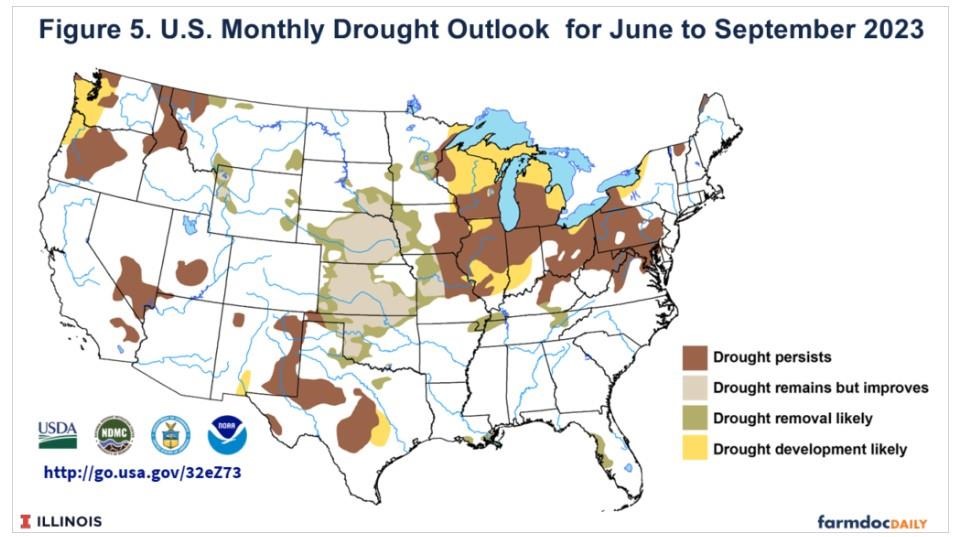Recently harvested plots are patrolled by chickens and sheep, which eat the scraps, churn the dirt and poop out fresh fertilizer. This makes for healthier food and healthier soil.

A crop that can’t be harvested on Sow a Heart Farm sometimes gets fed to the chickens. (Caleigh Wells)
Engelhart’s method of farming is some of the best carbon-capture technology around. It’s called regenerative agriculture, and it’s still far from the norm, but some farmers are using it to grow more sustainably. Environmentalists hope it will get some support in this year’s version of the farm bill — the legislation that determines the fate of farming livelihoods in the U.S. It’s reauthorized roughly every five years.
“By diversifying what you grow, you’re providing different kinds of nutrients to the soil,” said soil expert Arohi Sharma at the Natural Resources Defense Council. “It’s like diversifying our human diets.”
Better dirt supports more plants photosynthesizing, said Sharma — sucking carbon out of the atmosphere, shoving it through their roots into the ground and sending out oxygen.
If every U.S. farm operated like Engelhart’s does, Sharma estimated, the carbon removed would be comparable to shutting down 64 coal-fired power plants. But she said there’s a long way to go.
Click here to see more...